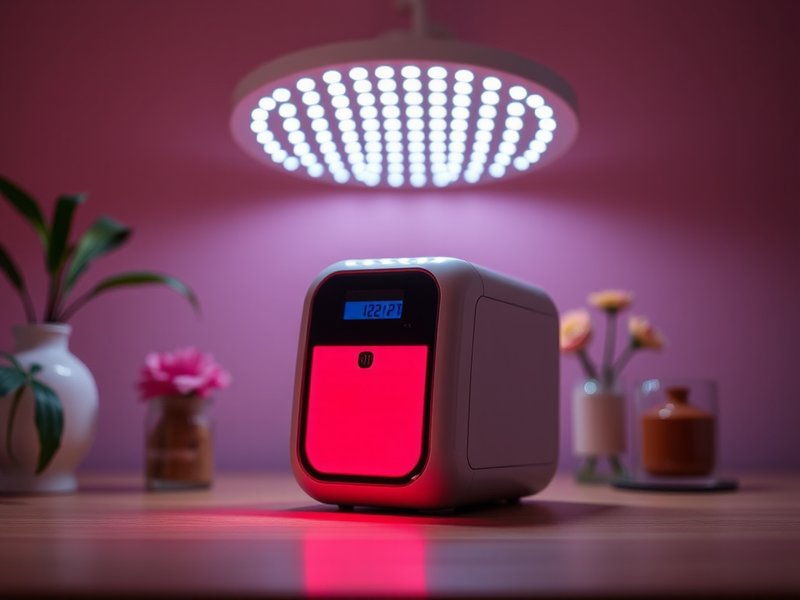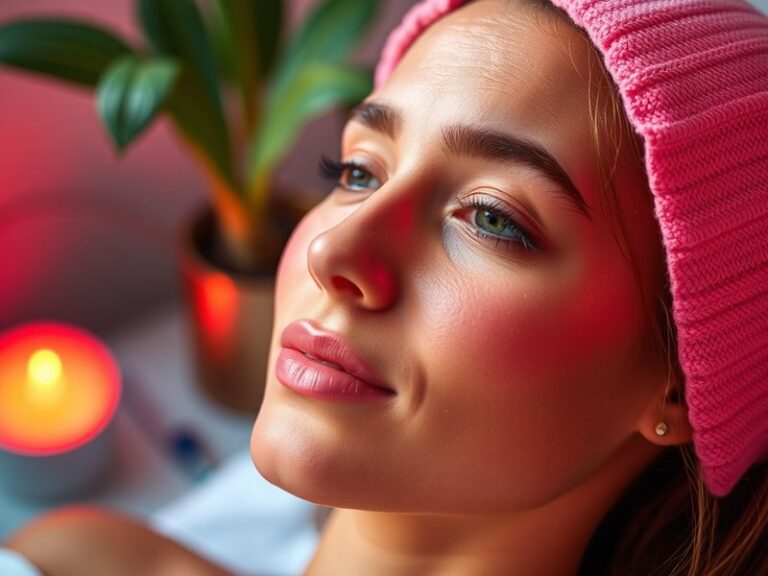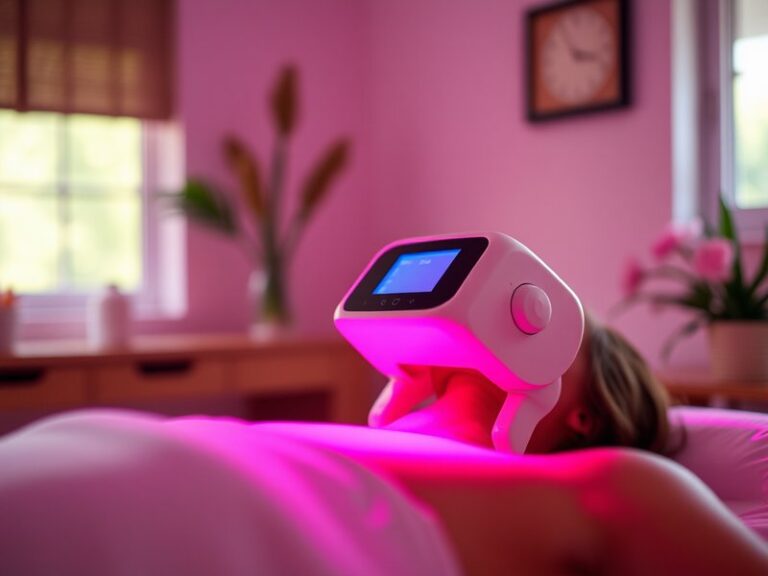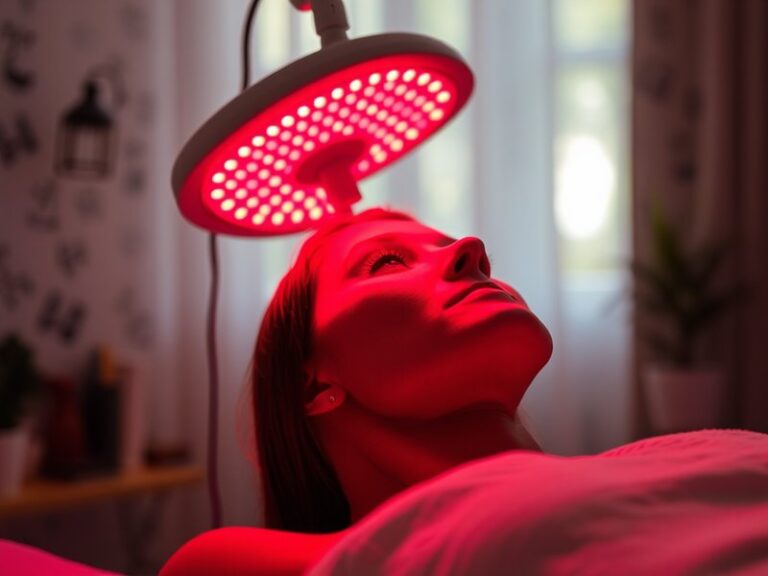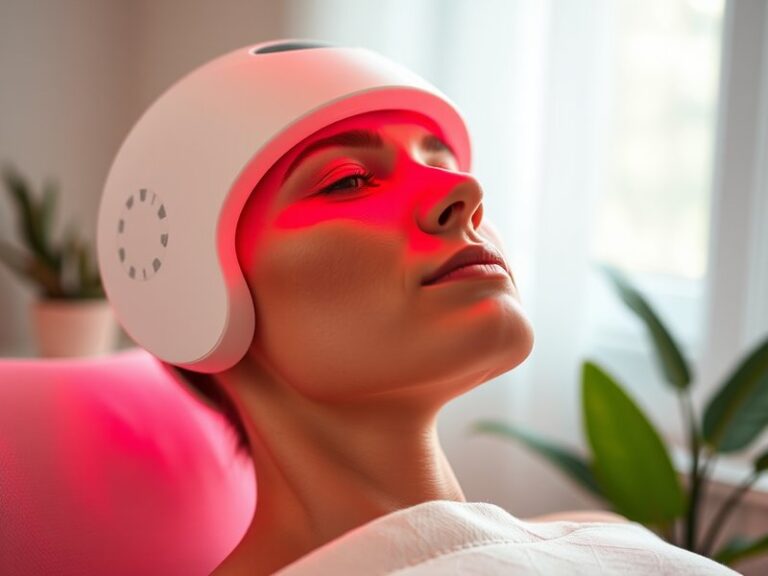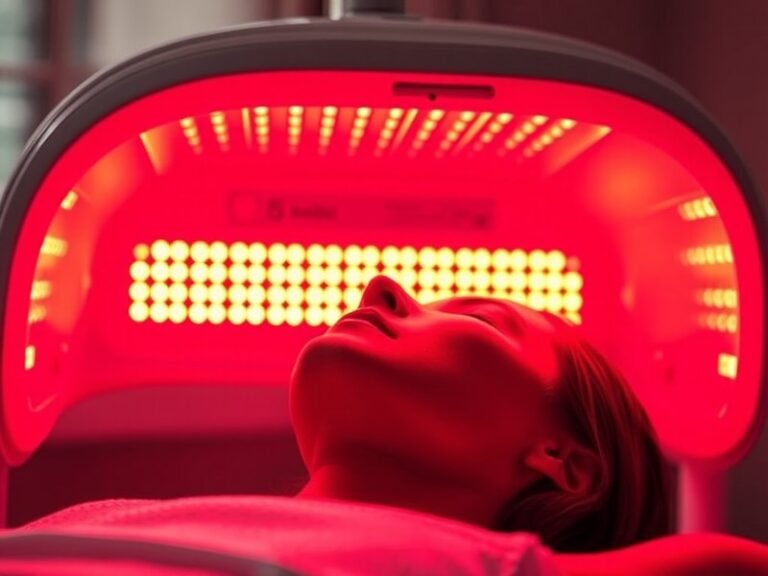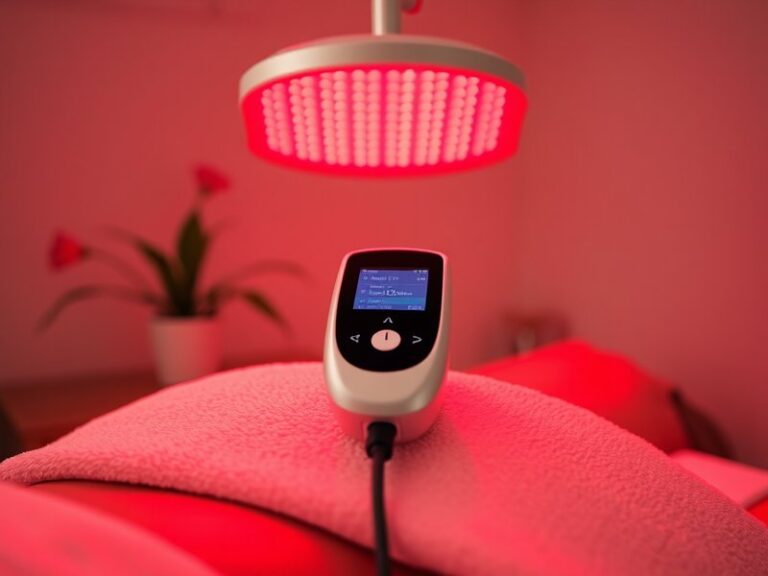What Are The Negatives Of Red Light Therapy?
What Are The Negatives Of Red Light Therapy?
Is red light therapy truly as beneficial as it’s portrayed, or are there unseen drawbacks to its widespread use?
This article aims to explore the potential negatives associated with red light therapy (RLT), a treatment gaining traction for its purported benefits, such as improved skin appearance, muscle recovery, and pain relief. While RLT has its merits, understanding the downsides is essential for making informed choices.
Key Takeaways
- Red light therapy is generally considered safe, but side effects can occur.
- Not everyone experiences the same benefits, and treatment protocols can vary widely.
- Consultation with healthcare professionals is crucial before starting therapy.
What is Red Light Therapy?
Red light therapy is a non-invasive treatment that uses specific wavelengths of light (typically red and near-infrared) to penetrate the skin. The technology aims to stimulate cellular processes, promote healing, and reduce inflammation. Originally used for medical purposes, RLT has expanded into various fields, including aesthetics and wellness.
RLT devices come in various forms, including handheld units, panels, and larger equipment used in professional settings. While many users report positive outcomes, it is essential to approach this therapy with a balanced perspective on its limitations and potential risks.
What are the Benefits of Red Light Therapy?
Before delving into the negatives of red light therapy, it is helpful to understand its benefits, laying a foundation for a well-rounded discussion.
Pain Relief
One of the prominent benefits of RLT is its potential to alleviate pain associated with conditions like arthritis or muscle soreness. By reducing inflammation and promoting blood circulation, many find relief from chronic pain.
Skin Health Improvement
Red light therapy is widely acclaimed in dermatology for its effects on skin conditions. It can help reduce wrinkles, improve skin texture, and even promote the healing of acne scars. The stimulation of collagen production plays a significant role in this benefit.
Improved Muscle Recovery
Athletes often turn to red light therapy as a means to accelerate recovery post-exercise. By enhancing energy metabolism within cells, RLT can help reduce muscle fatigue and enhance performance.
Mood Enhancement
Some studies indicate that RLT might help with mood regulation and lessen symptoms of anxiety and depression, providing an additional layer to its benefits.
Is it Possible to Experience Negative Effects from Red Light Therapy?
Despite its many benefits, negative effects and limitations can occur with red light therapy. As with any treatment modality, individual reactions can vary significantly, and understanding these aspects is crucial.
What are the Advantages of Identifying Negatives?
Recognizing the potential downsides of RLT can lead to:
- An informed decision-making process when considering the therapy.
- A better understanding of personal health outcomes.
- Enhanced communication with healthcare providers regarding treatment options.
What are the Disadvantages of Red Light Therapy?
While many report positive outcomes, the following challenges and disadvantages may arise:
-
Skin Sensitivity and Irritation: Some individuals experience redness, swelling, or irritation in the area where RLT is applied. The severity often depends on skin type and duration of exposure.
-
Variable Effectiveness: Not everyone responds equally to RLT. Factors such as age, skin condition, and overall health can influence its effectiveness.
-
Costs and Accessibility: High-quality RLT devices can be costly, and not all professionals offer this therapy, limiting access for some individuals.
What are the Things to Consider Before Starting Red Light Therapy?
If you’re contemplating red light therapy, there are several important considerations to address before starting treatment.
Consultation with Healthcare Providers
Always speak with a healthcare professional before starting RLT. This is crucial to ensure the therapy aligns with your health status and any ongoing treatments.
Discover our review on Does Red Light Therapy Help Skin?
Device Quality and Specifications
Not all RLT devices are created equal. Look for devices that provide adequate light wavelengths and intensity, as poorly designed equipment may yield subpar results.
Treatment Protocol
Establishing a treatment protocol that includes duration and frequency of use is essential to maximize benefits and minimize potential side effects.
What are the Alternatives to Red Light Therapy?
If red light therapy does not seem suitable, several alternative therapies can provide similar benefits.
Cold Laser Therapy
This alternative also utilizes light waves but typically aims to reduce pain and promote healing through non-thermal means. Cold laser therapy is a good option for those wary of heat-based treatments.
Cryotherapy
This increasingly popular treatment involves exposure to cold temperatures to reduce inflammation and enhance recovery. Many athletes use cryotherapy for its pain relief and recovery-promoting properties.
Electrotherapy
Forms of electrotherapy, such as TENS (Transcutaneous Electrical Nerve Stimulation), can be effective for pain management. This technique sends electrical impulses through the skin, helping to interrupt pain signals.
Conclusion: Is it Recommended to Use Red Light Therapy?
In summary, red light therapy offers numerous potential benefits, from skin rejuvenation to improved recovery times. However, it’s essential to consider the possible negatives—such as skin irritation, variable effectiveness, and accessibility issues. Maintaining a balanced view, speaking with healthcare providers, and exploring alternatives will aid in making an informed decision regarding whether RLT is right for you.
Frequently Asked Questions
What are the common side effects of red light therapy?
Red light therapy can cause temporary skin irritation, redness, or sensitivity in some individuals. These effects typically resolve shortly after treatment.
Learn more in Red Light Therapy Frequency at Planet Fitness
How long does it take to see results from red light therapy?
Results can vary widely. Some users report improvements within a few sessions, while others may take several weeks to notice significant changes.
Can I perform red light therapy at home?
Yes, many devices are available for at-home use. However, it’s important to choose high-quality products and follow recommended guidelines for safe use.
Who should avoid red light therapy?
Individuals with specific skin conditions, those on certain medications, or pregnant women should consult a healthcare provider before undergoing treatment. Always prioritize safety and professional guidance in these situations.
